| Composer | Sergei Slonimsky |
| Year of composition | 1966 |
| Scored for | high voice and piano |
| Instruments | voc, pno |
| Format | A4 |
| Total number of pages | 28 |
| Genre | vocal scene, based on the Sumerian Epic of Gilgamesh |
| Soloists | high voice |
| Text | The Epic of Gilgamesh. Translated from Akkadian by I. M. Diakonoff |
| Duration | 12’ |
| Others details | The work was first published by the Muzyka Publishing House 1970 in Leningrad, USSR |
| Date of premiere | 01.11.1966 |
| Location | Chamber Hall of the Leningrad Conservatory |
| City, country | Leningrad, USSR |
| Performers | Nadezhda Yureneva (soprano), Sergei Slonimsky (piano) |
The Sumerian-Akkadian “Epic of Gilgamesh” was first translated into Russian by a famous orientalist Igor Diakonoff and published by the Academy of Sciences of the USSR in 1961.
In this epic, which is one of the oldest literary monuments that have survived to our days, the image of Death, non-existence, is presented. Several wedge-writing tables are devoted to a bitter complaint of a brave hero Gilgamesh after the death of his friend Enkidu. Gilgamesh mourns for a friend and foresees his own death, the terrible and eternal Non-existence, to be faced by all people.
It is this semantic refrain of the epic that has been set to music in the vocal scene “Farewell to a Friend”.
In this composition, some new methods of phonation were used for the first time in the Soviet Union — protracted play and piano-string clusters, music-stand claps, key playing with clamped strings, as well as free-flowing non-measured beat rhythmics and additional microtone intervals in the vocal part.
This musical and poetic composition has a tragic philosophical implication, not connected with any particular historical epoch or a narrative situation.
The vocal/piano scene is quite complicated in terms of performance and requires a dramatically conceptualized interpretation.
— Sergei Slonimsky
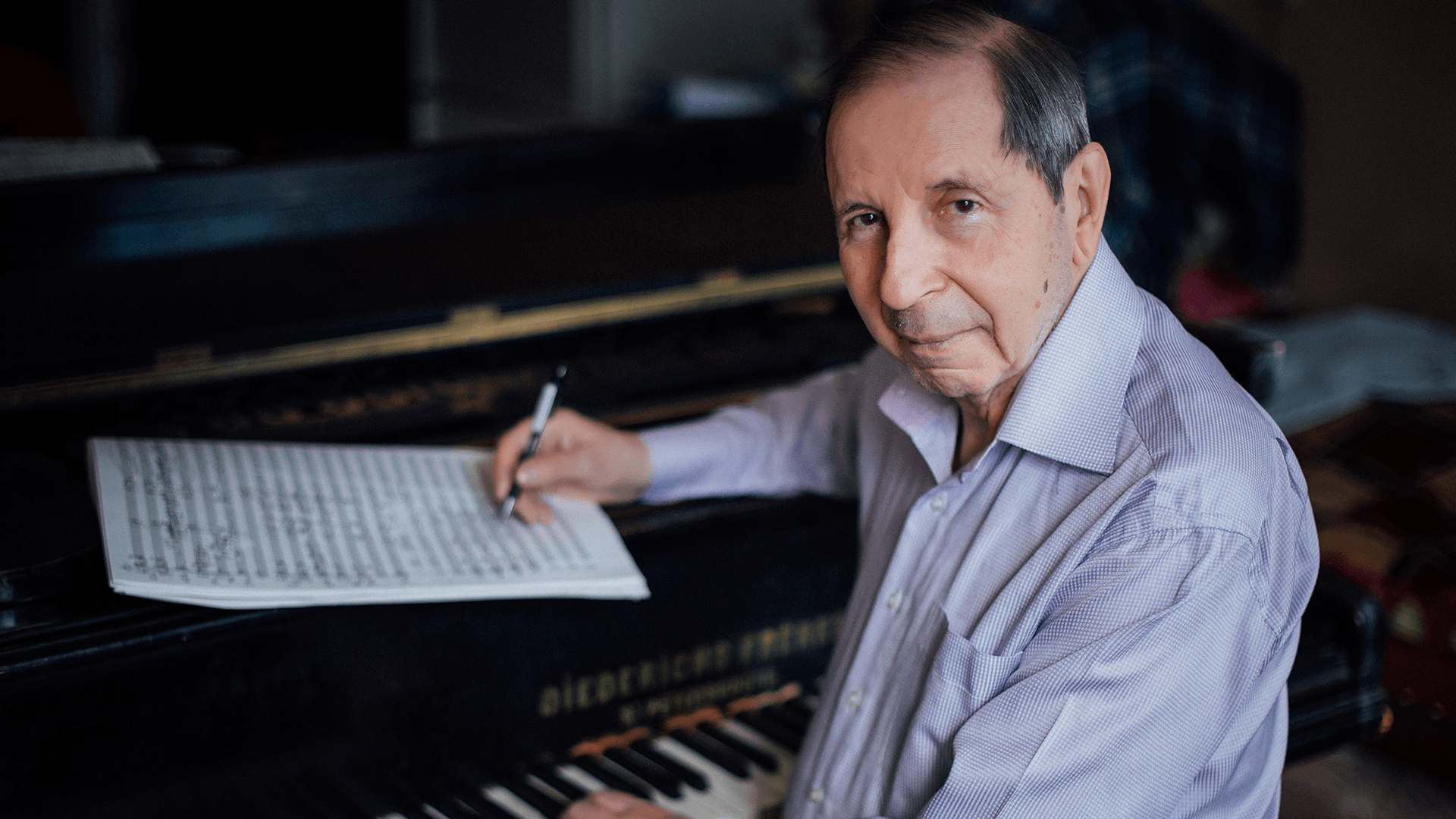
Sergei Slonimsky, a prominent Russian composer, was born into the family of well-known writer Mikhail Slonimsky in 1932. He graduated from the Saint-Petersburg State Conservatory in 1955 where he studied with composer and pedagogue, Orest Evlakhov and piano with Vladimir Nilsen. He also studied at the Musical College in Moscow from 1943 until 1950. Sergei Slonimsky serves on the composition faculty at the Saint-Petersburg State Conservatory, since 1959.
Sergey Slonimsky is a People’s Artist of Russia (1987), and received numerous honours and awards as: State Prize of the Russian Federation (2001), Glinka State Prize of the RSFSR (1983), International Baltic Star Prize (2009), and Commander’s Cross of the Order of Merit of the Republic of Poland. In May 2010, he was invited as a honored guest to the Festival “Wall to Wall Behind the Wall” in New York (USA).
Sergei Slonimsky is an important composer, without whom Russian music would be incomplete and less controversial. It is not easy to find composers who, with the same success, utilize virtually every existing classical and modern music genre in their compositions.
His output covers opera, symphony, ballet, oratorio, and sonata. He is the author of numerous chamber compositions, music for folk instruments, and teaching pieces for children. His vividly imaginative compositions show a brilliant composer’s mastery. Slonimsky draws on many historical eras and cultural epochs: Antiquity, Middle Ages and Renaissance, Baroque, Classicism, and Romanticism. His music consists of a variety of images that contain an abundance of artistic information.
Sergei Slonimsky is a versatile musical personality. He is a composer, a pianist, a music scholar, and a pedagogue. Slonimsky made a name for himself in modern Russian music as one of the leaders in the Soviet musical movement that came to life in the1960s. As a musicologist, he worked out a new system of rhythmic notation, which he called “rhythmic neums.”
While teaching at the Saint Petersburg Conservatory, he developed a school of composers and musicologists and guided many of his students into successful careers in music, among them the conductors Vladislav Chernushenko, Vasily Sinaisky and Yuri Simonov.
Slonimsky’s musical reality is extensive; it encompasses Antiquity, Renaissance, Baroque, Classicism and Romanticism. In Slonimsky’s music, one can hear the influence of the folklore and secular traditions of different time periods and styles, along with jazz and rock. Slonimsky was also influenced by the most significant tendencies of twentieth century culture, including polystylistic synthesis and a free combination of folklore elements with professional music. He studied such trends as Neoclassicism, Neobaroque, and innovations of the New-Viennese school and the composers of Les Six. Even though Slonimsky assimilated all of these trends, it is difficult and perhaps impossible to attribute any of them to him. He freely and boldly blended modern techniques of composition with a classical manner of writing and formed his own musical language based upon his brilliant knowledge of folklore.
The peculiarity of Slonimsky’s artistic consciousness is in the intermingling of Western and Slavophile tendencies. His contemporaries often favored one of these tendencies: Alfred Schnittke and Edison Denisov followed more Western traditions, while Georgy Sviridov and Valery Gavrilin were Slavophiles. In contrast, Slonimsky intertwined both Western and national Russian traditions, which he interpreted rather unpredictably. Moreover, he turned towards other cultures, incorporating foreign material and splendidly transforming it into his own.


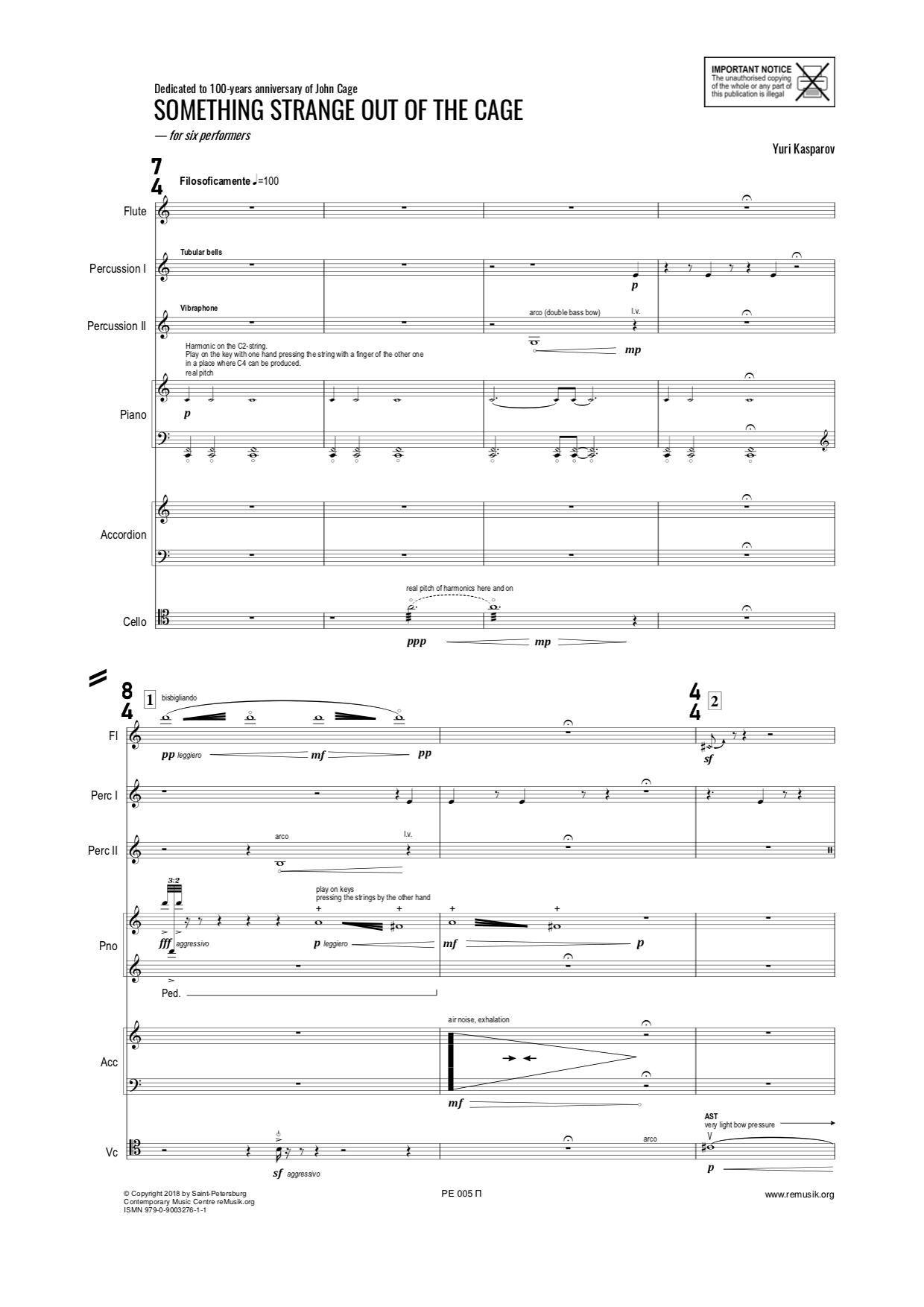
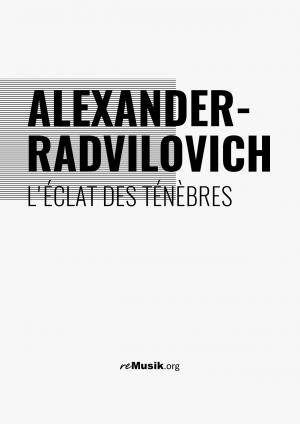

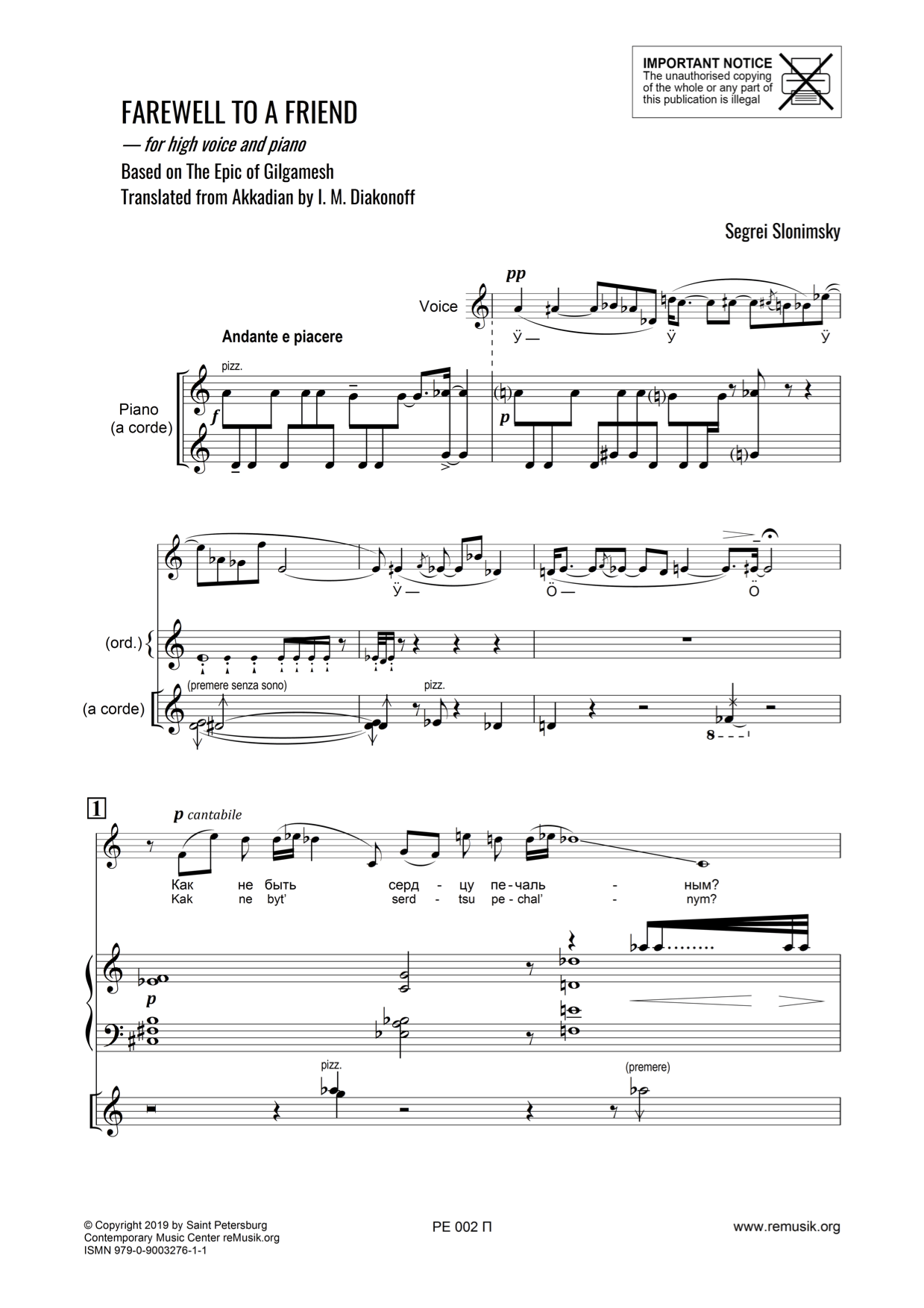


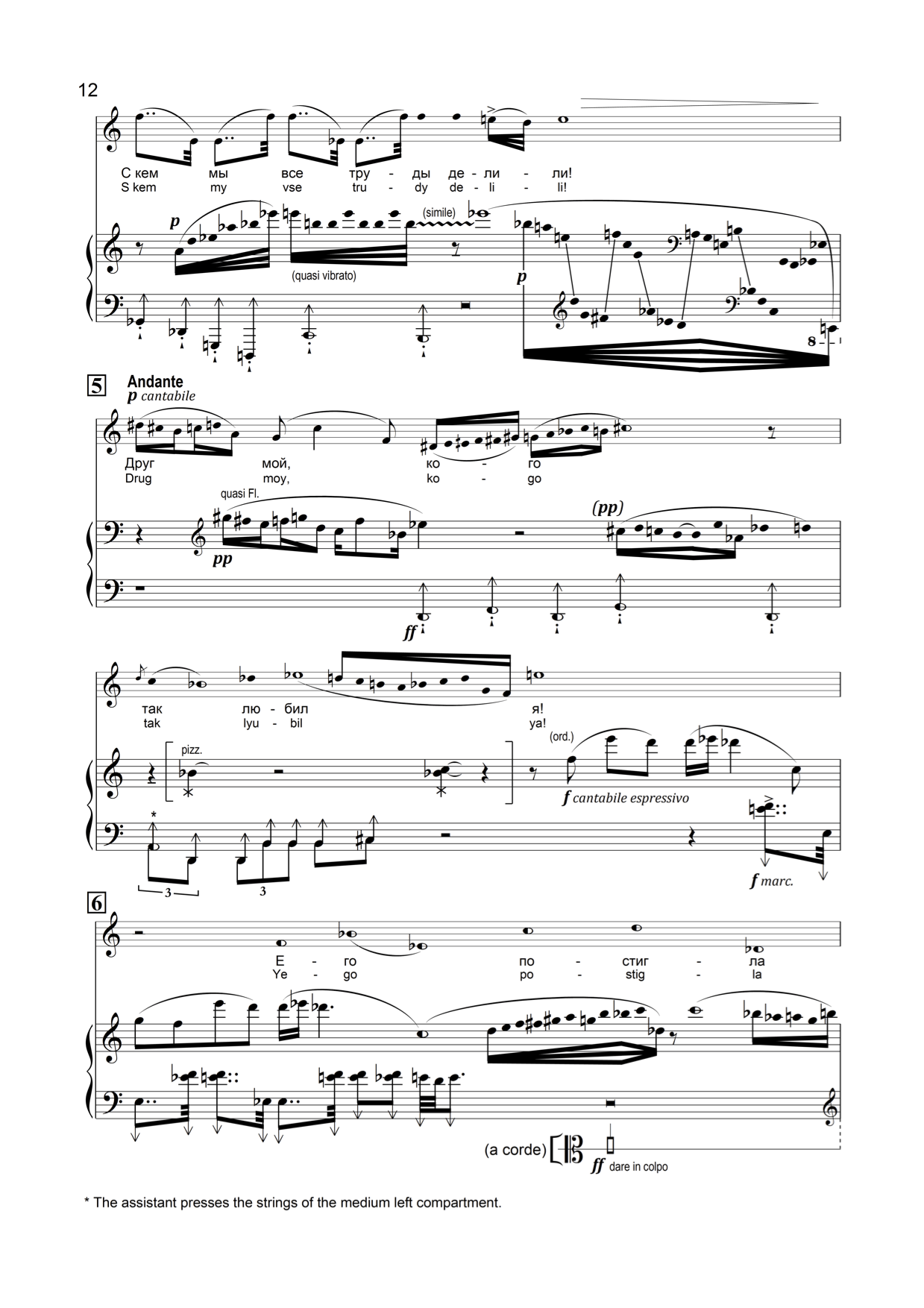
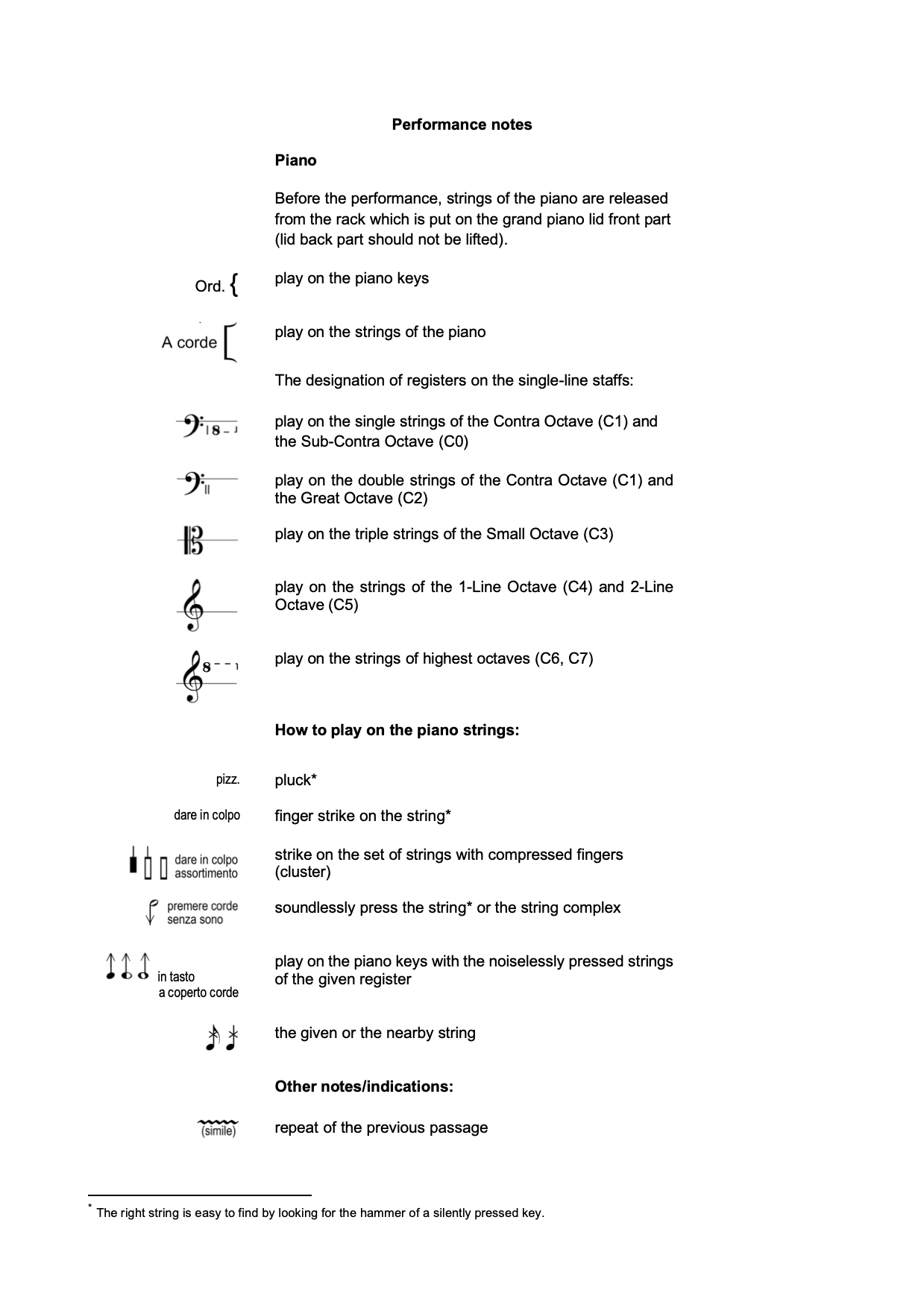
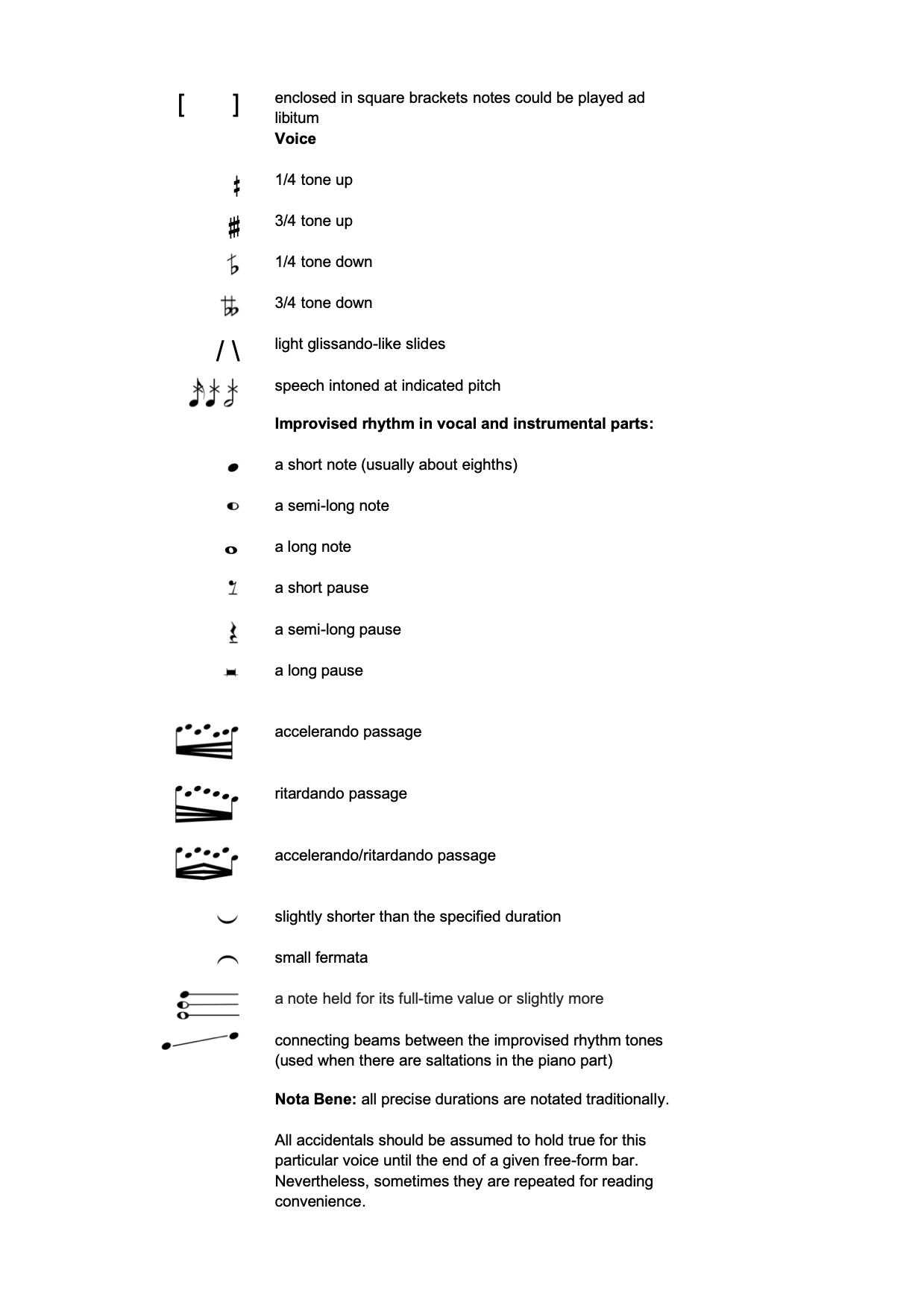
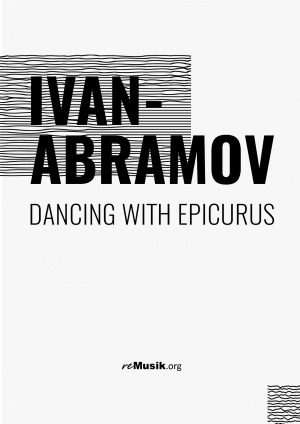
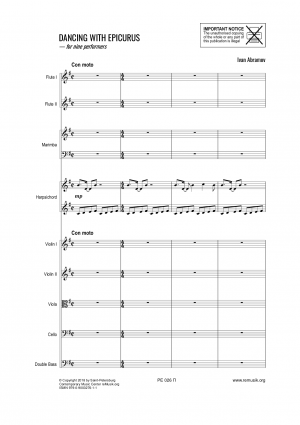
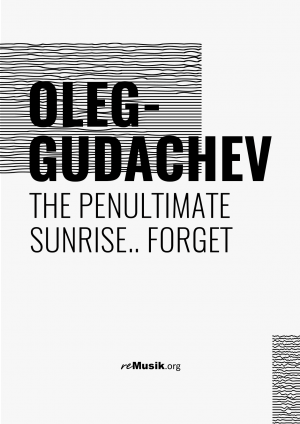
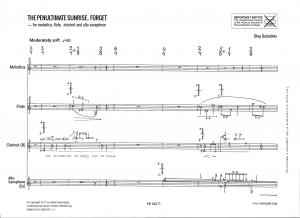

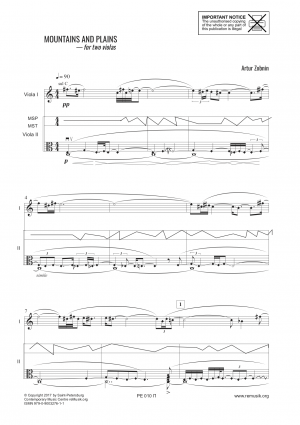


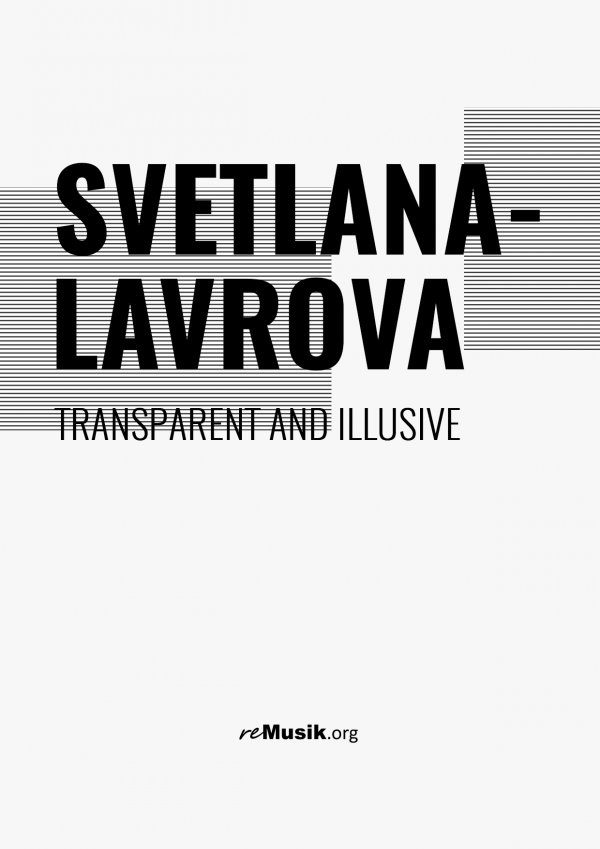
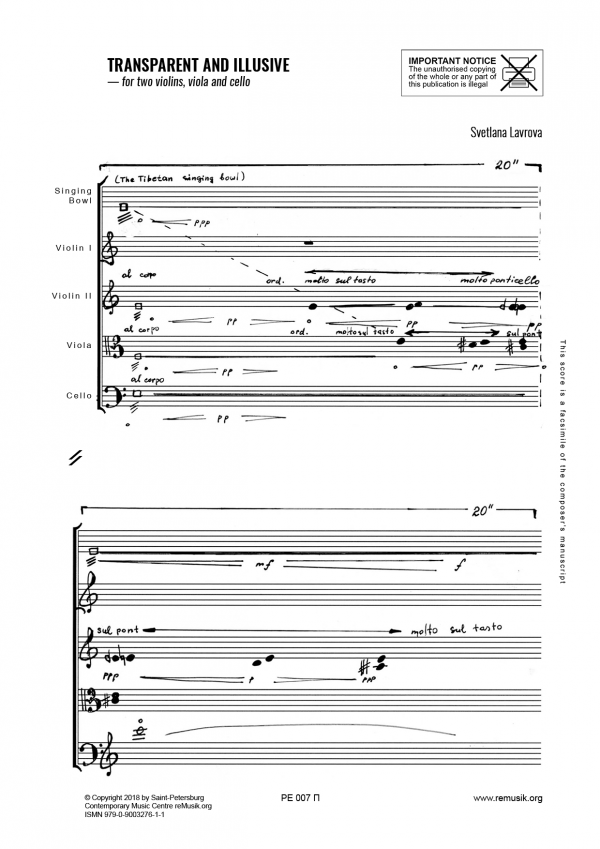

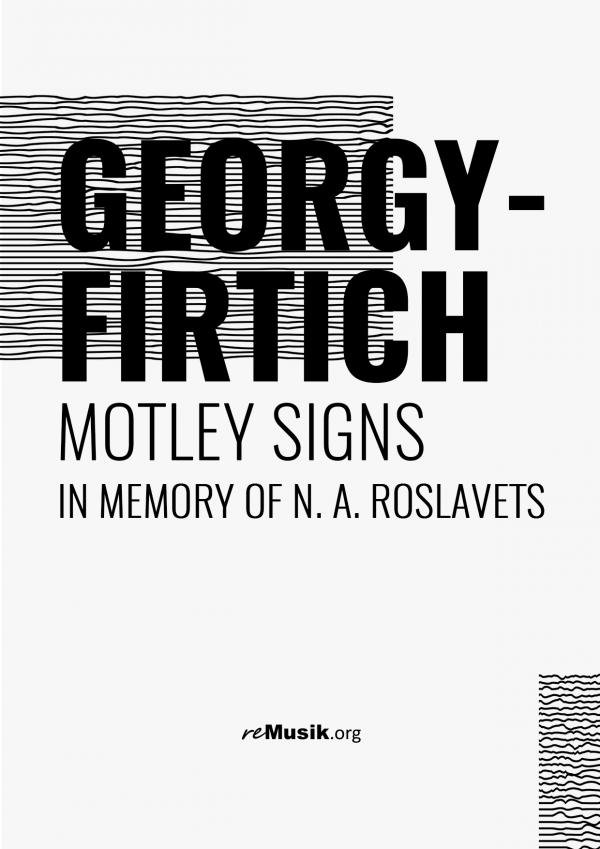
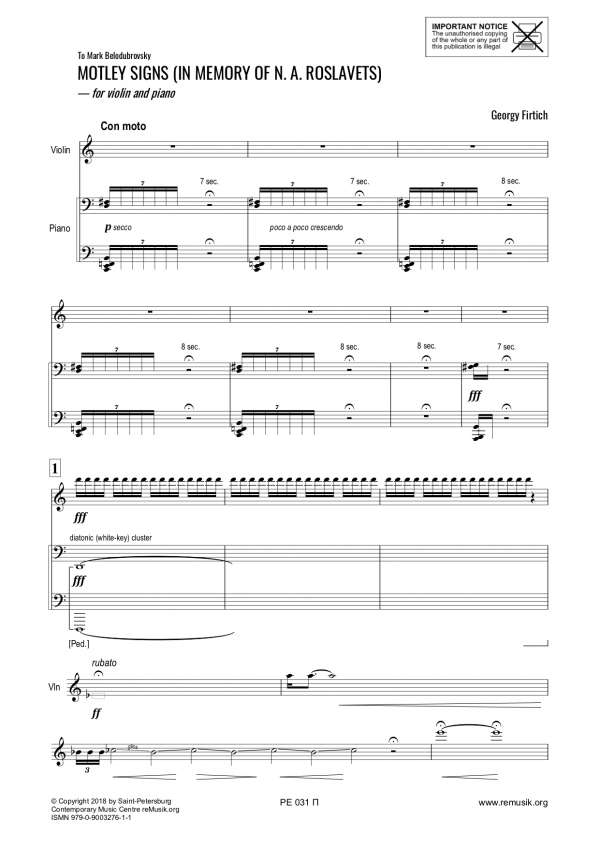
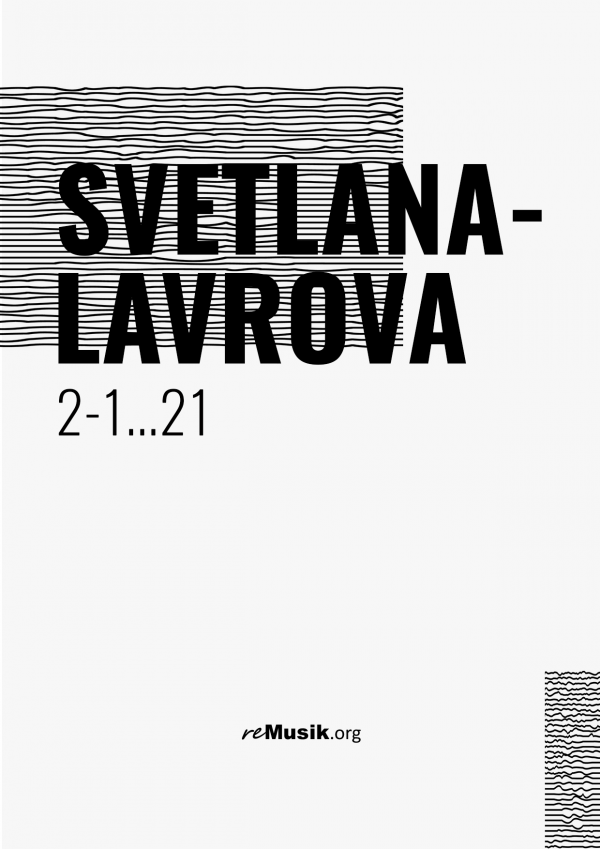



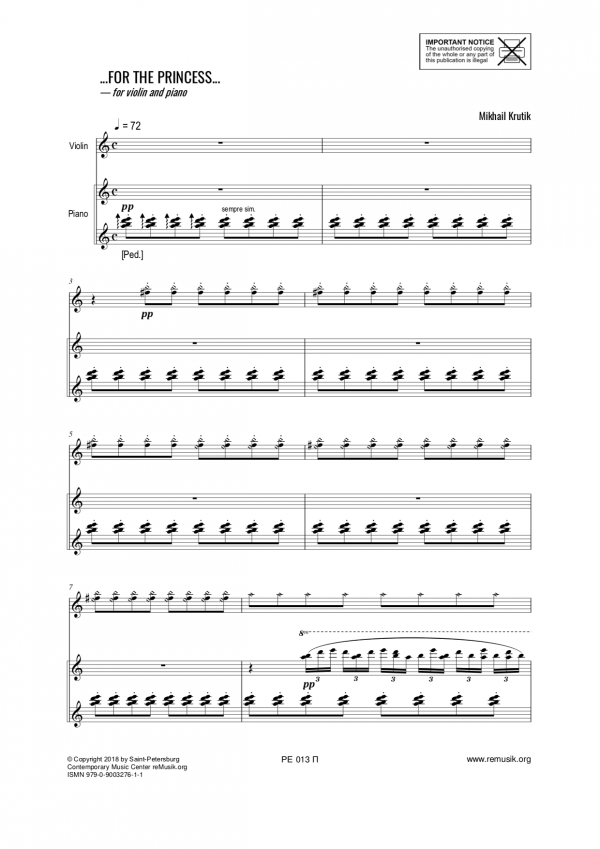

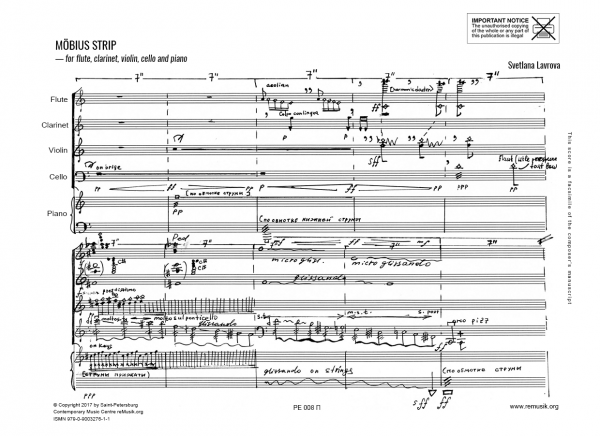
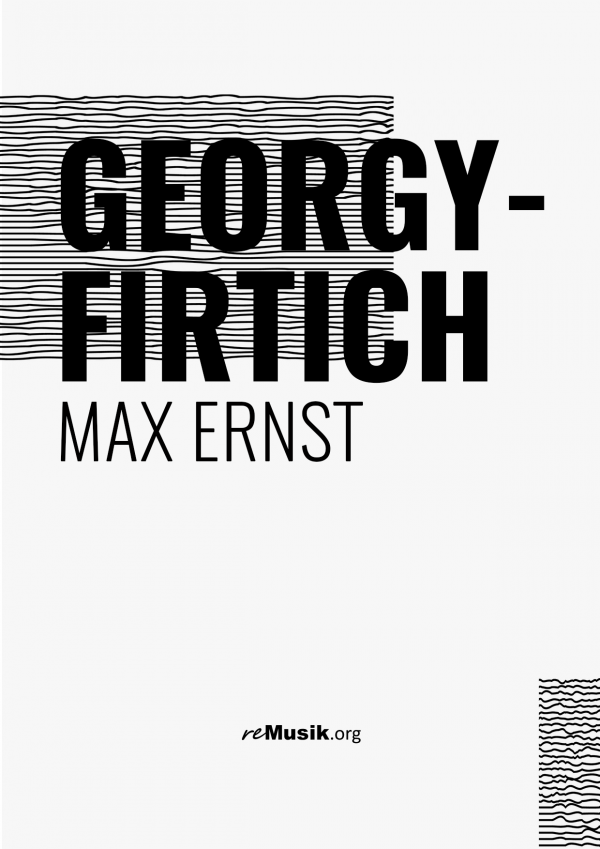
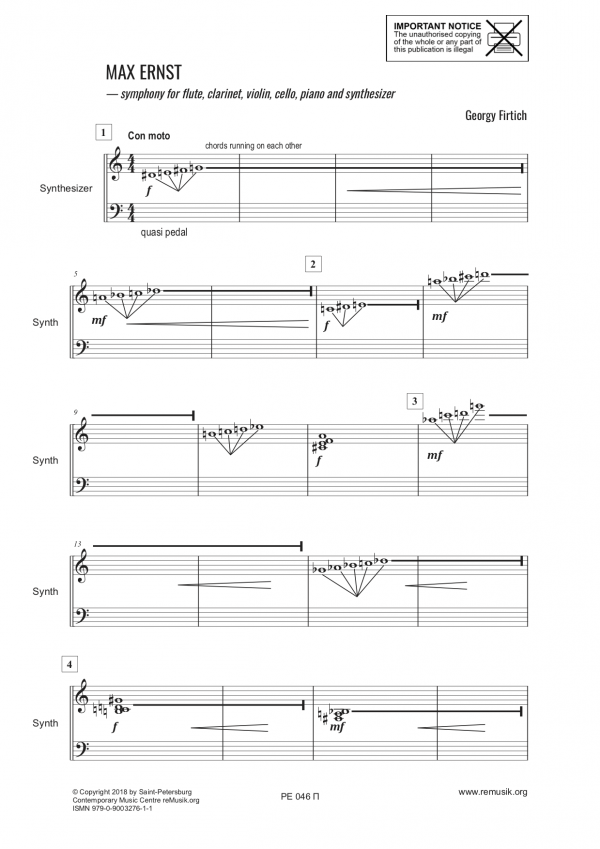

Reviews
There are no reviews yet.